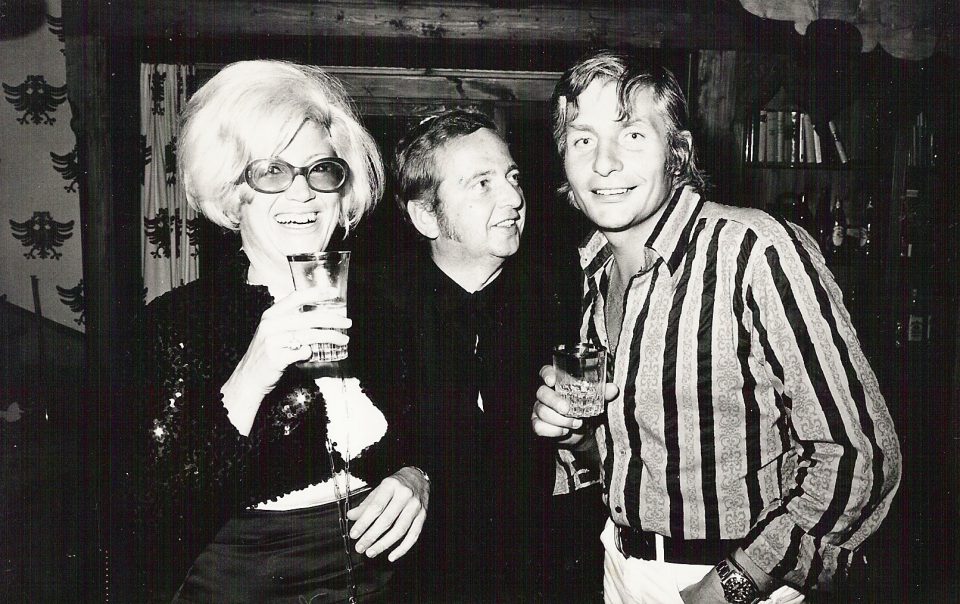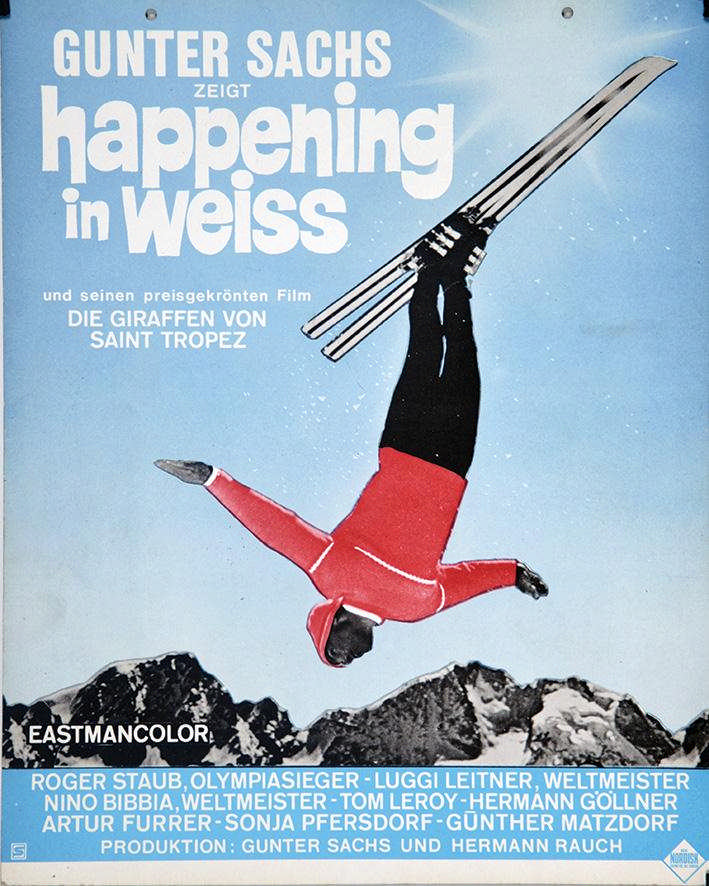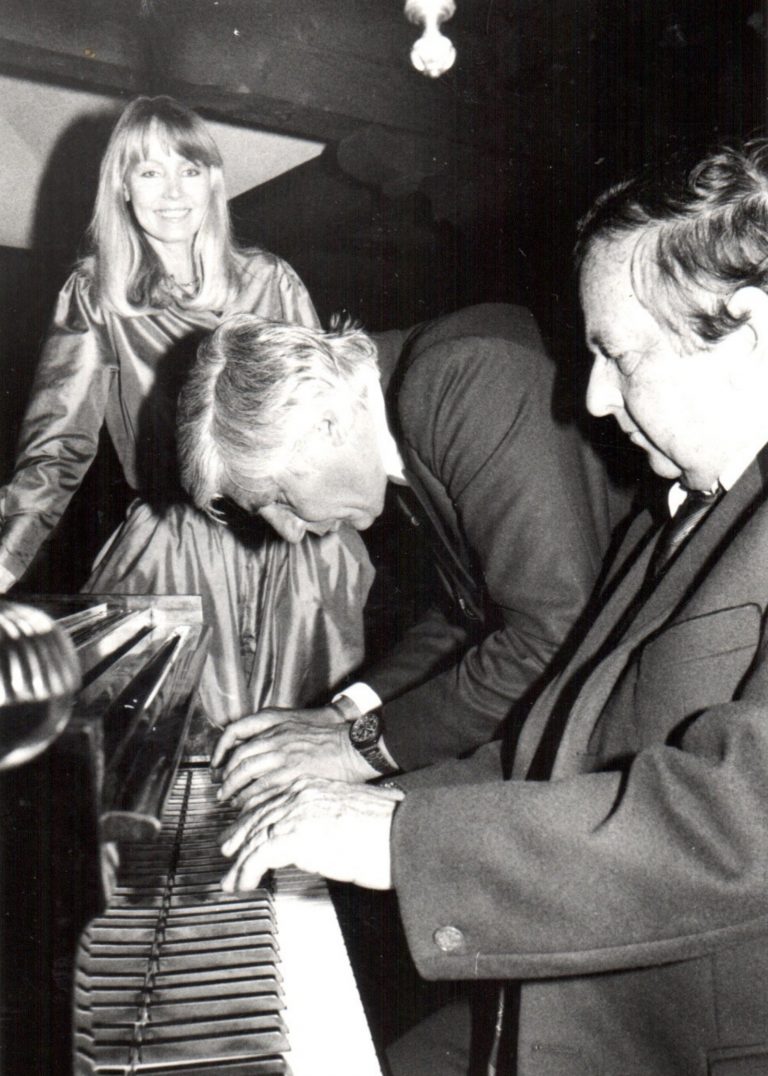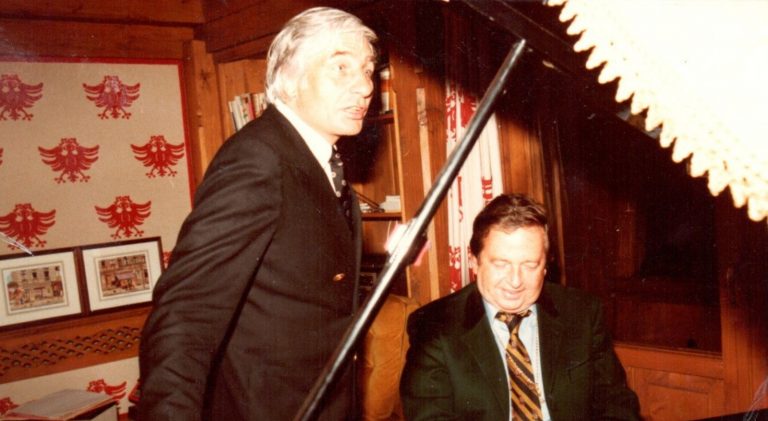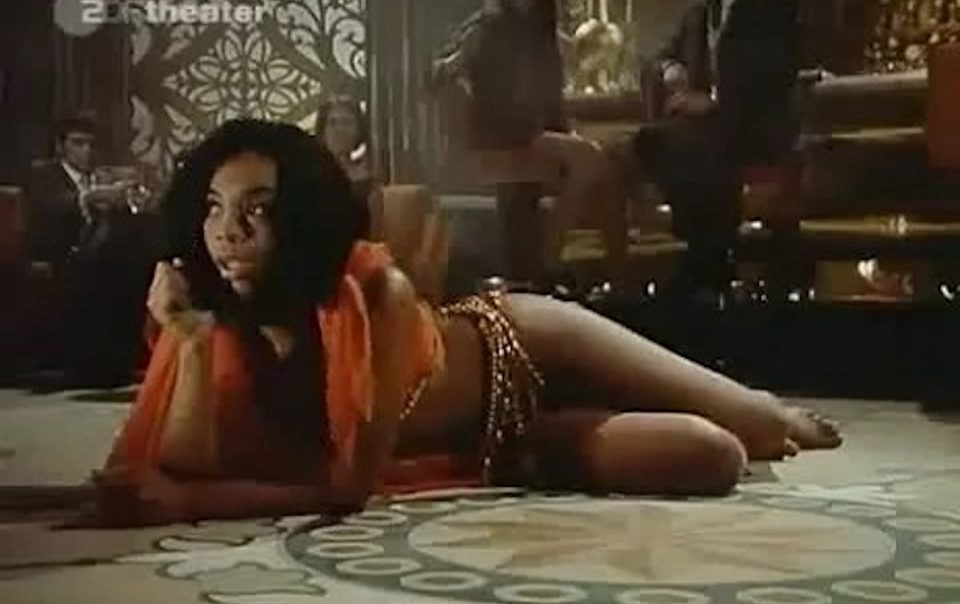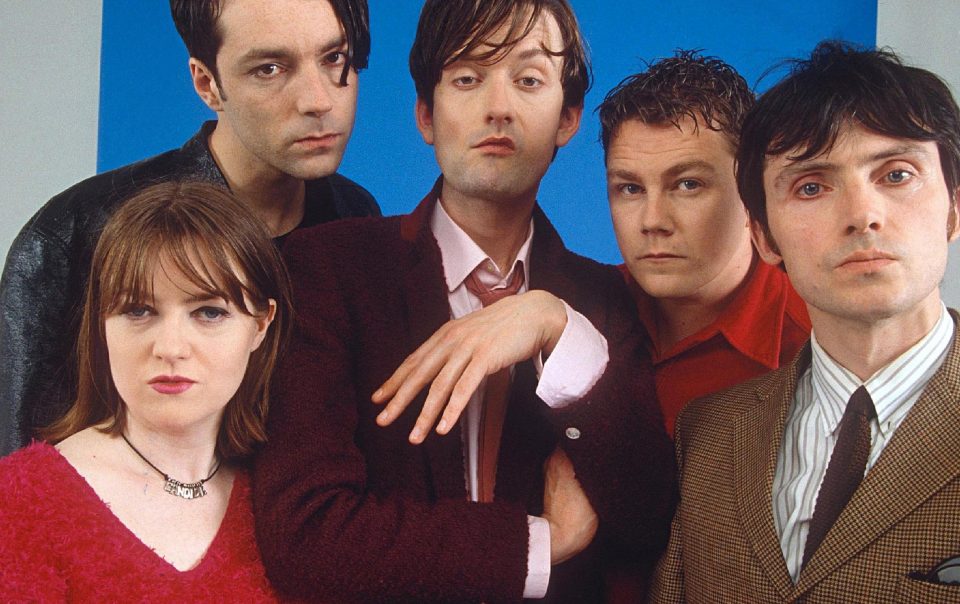Sachs blazed his way through the sixties and seventies as a true ‘playboy’ of the era. He scattered 1000 red roses over Brigitte Bardot’s villa from a helicopter and cruised around the St Tropez seafront in his Riva yacht, watching the glamorous lives of the jeuneusse dorée pass before him.
A look at his pictures and work, however, reveals that Sachs was not at all an exuberant bon vivant at heart, but something of a German pedant: orderly, precise and driven. As art expert Otto Letze remarked: “The more you dig into the depths of Sachs’ work, the more fascinating he becomes – as a perfectionist, a patron, a collector, a lateral thinker in the way he approached his collecting and his own creations. He is a fascinating personality; a pioneer of the first order who creates revolutionary things.”
In film, Sachs was an early adopter of time lapse and super slow motion. He played with digital technology and tried things out, often with amazing results.
Sachs’ first art film Le petit port told the story of a small port in the Swiss city of Lausanne. His search for a suitable musical collaborator led him to Peter Thomas, who was recommended by Sachs’ editor at the time. For Sachs, the collaboration was “outstanding; [Peter] is a lively chap and a fantastic musician. He composed to a tight schedule, and the finished recordings were always first-class. We never had any artistic run-ins. On the contrary, he was very adept at shifting gears.” Other films were made in quick succession – including Les giraffes de St. Tropez, in which the two (very much human) main actors take part in a 15-minute cinematic declaration of love. It is a homage by Gunter Sachs and Peter Thomas to their (then) adopted home in the south of France; to the wild-partying, St Tropez lifestyle of ‘seeing and being seen’.
The musical partnership between the two men reached its zenith with ski film Happening in White (1969), which caused a stir many years before Willi Bogner had a similar idea with Fire and Ice in 1986. Sachs’ film opens with the Swiss Glacier Express racing through the tunnels, while daring skiers soar into the sky and compete with fighter jets for elegance and strength. During their work on this documentary, Sachs was “particularly impressed by Peter: I worked with super slow motion and the accompanying film score was a roaring success. Peter is a force of nature; he never tackles the recording process with anything less than a hundred percent. ‘Give ‘em hell!’ he commands, and everything is always right the first time. He is a consummate professional.” Peter wrote music for a total of five short films, with most of the recording work being carried out in Munich. Just as the two men enjoyed a long-lasting friendship, their respective spouses, Cordy (Peter) and Mirja (Gunter) also developed an enduring and affectionate bond. For Peter Thomas, Gunter Sachs was “the archetype of a society – a way of living – that one has to search hard for today; like Aladdin with the magic lamp…”.




